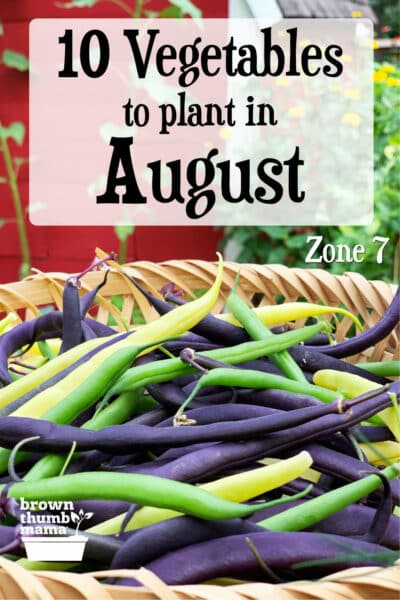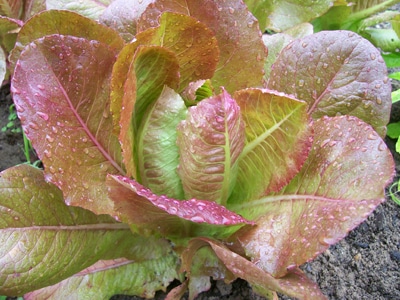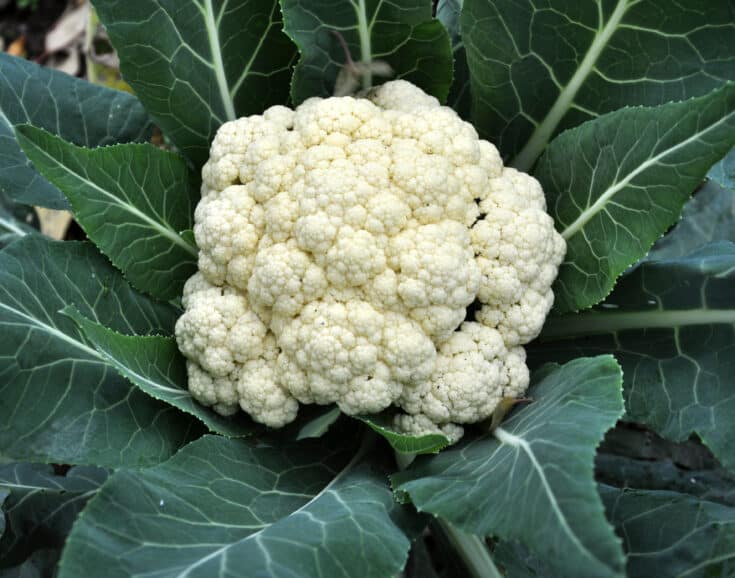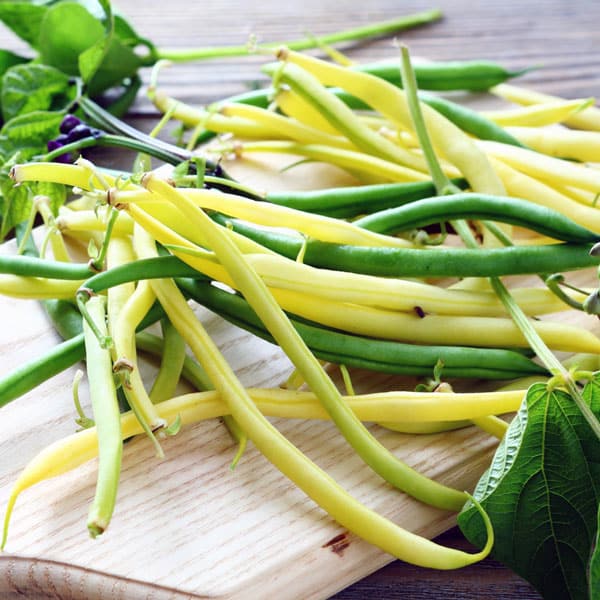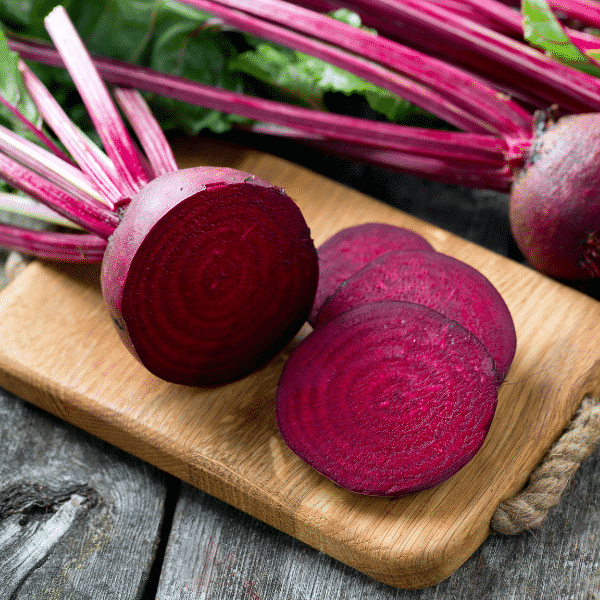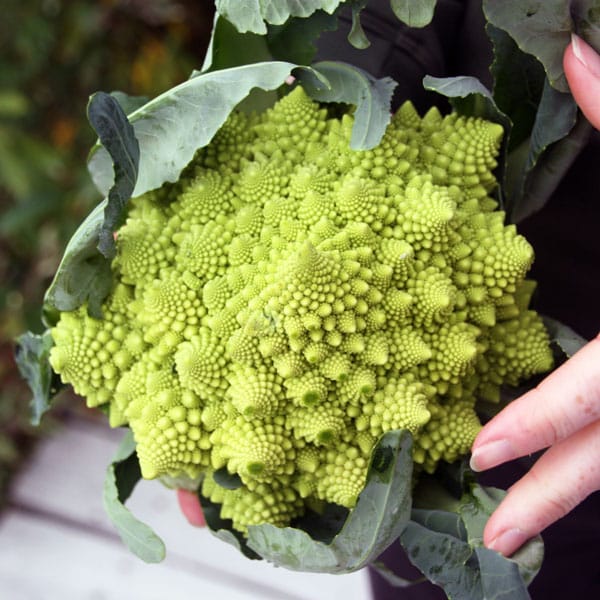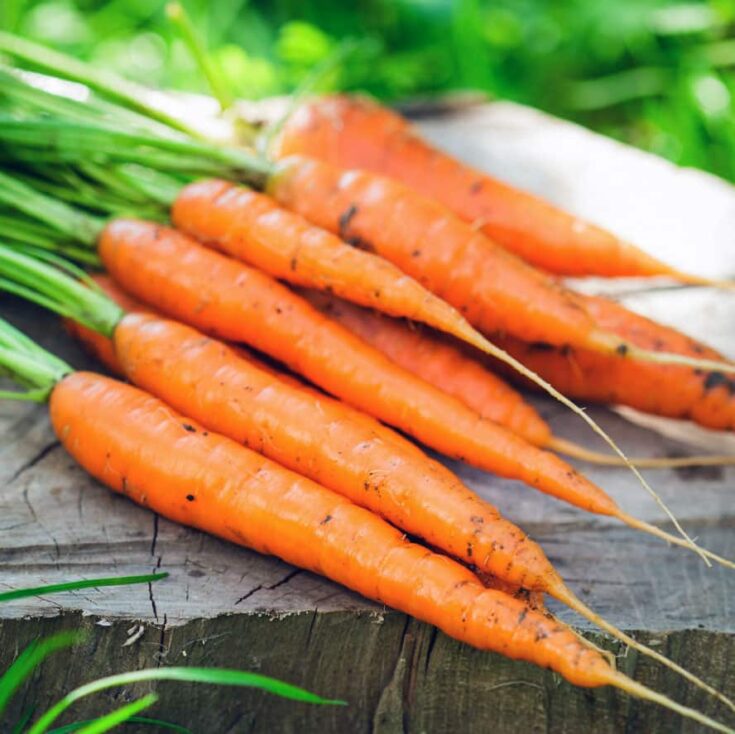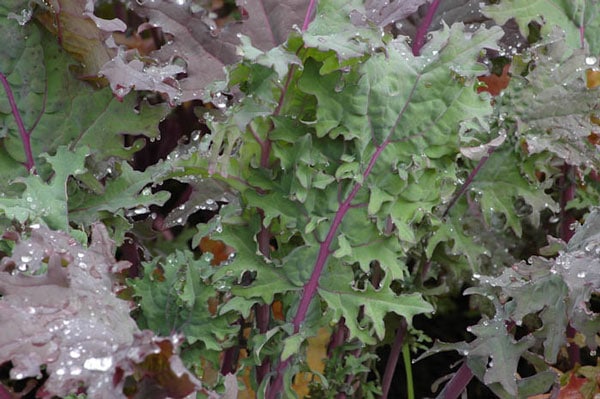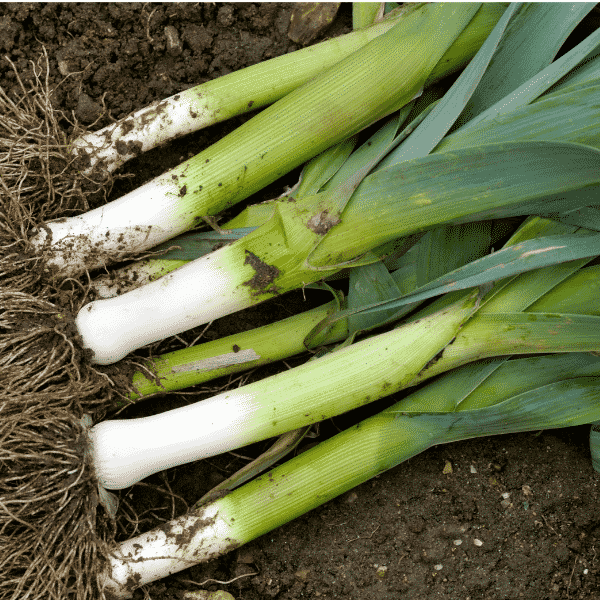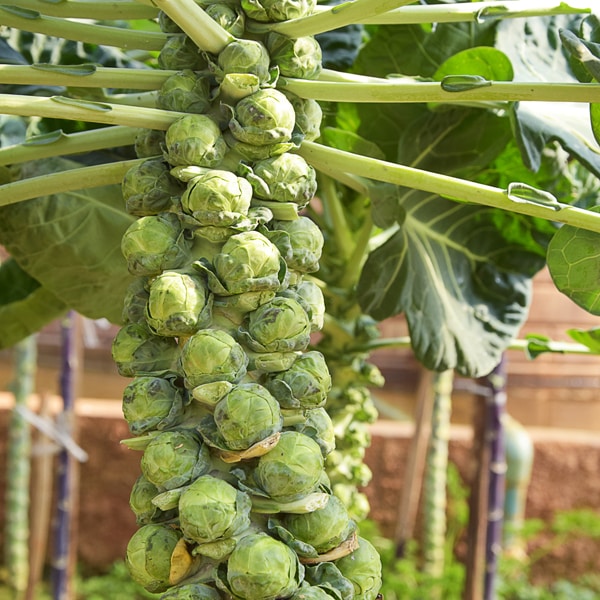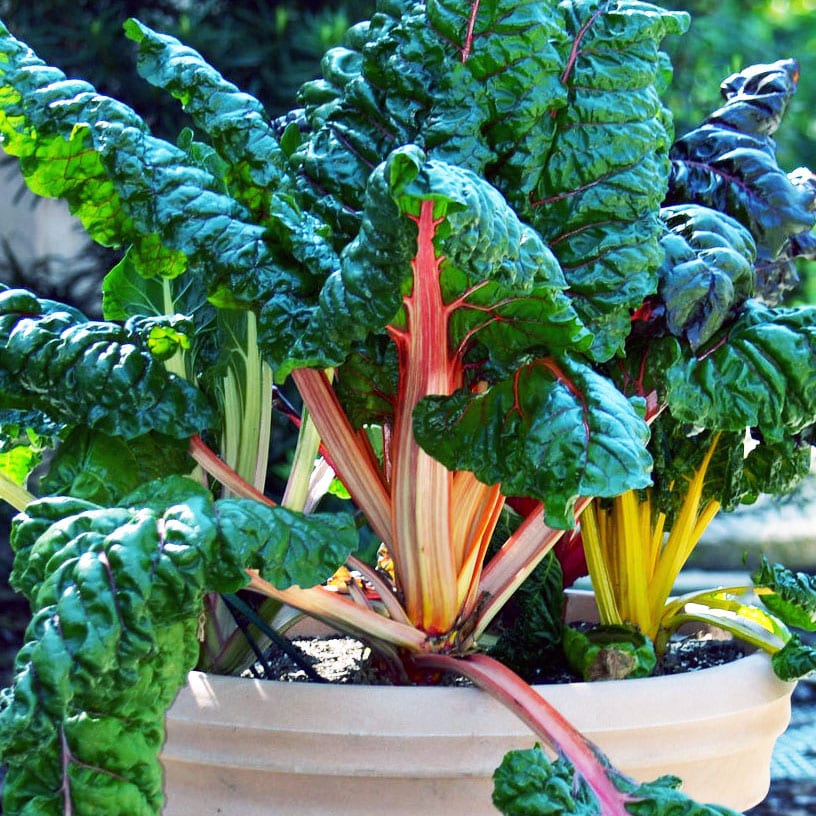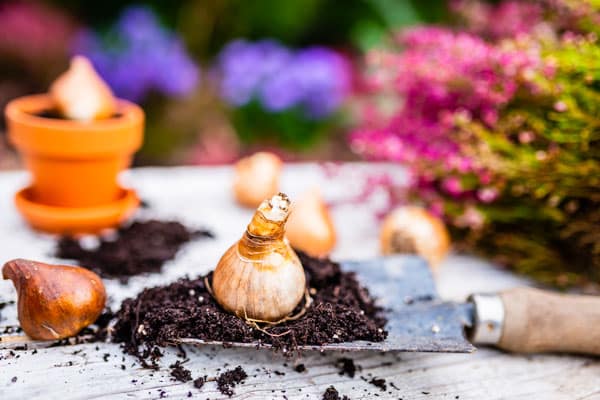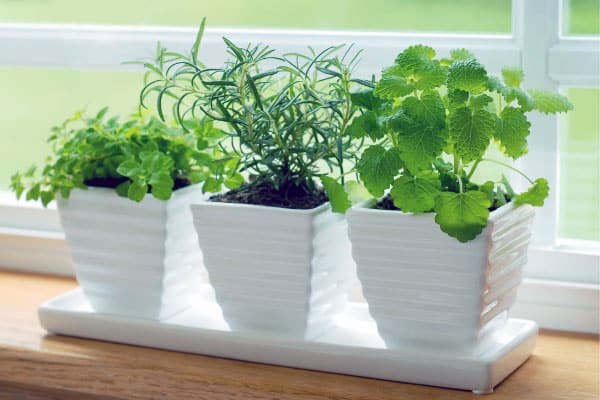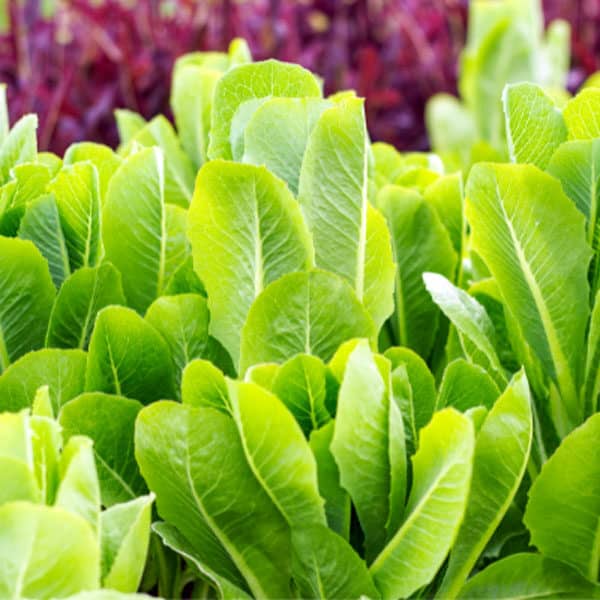This post may include affiliate links.
If you make a purchase, I'll earn a small fee at no extra cost to you.
This planting guide for Zone 7 gives you 10 vegetables to plant in August. Includes recommended varieties, planting tips, and recipes for your harvest!
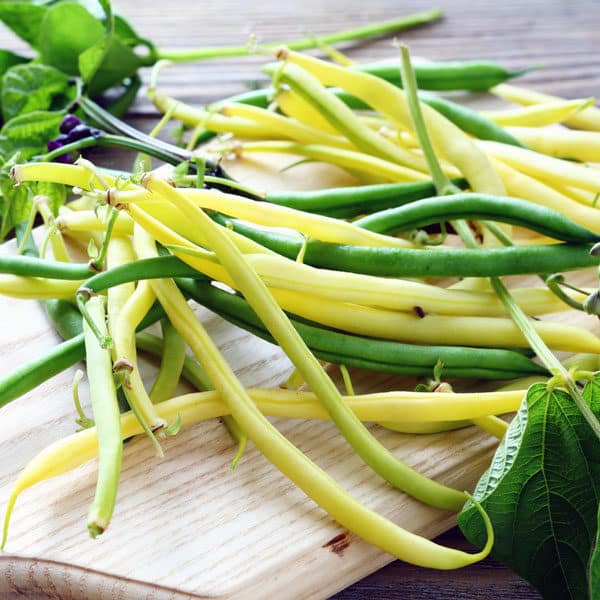
It’s August already…where has the summer gone? If you’re in the middle of canning up your garden’s bounty, you might not be thinking about what you can plant this month.
Good news! There are lots of vegetables that can handle the heat and give you a tasty harvest this fall and winter.
Are you a brand new gardener? Not sure what to plant or when to plant it? I can help.
You’ll find lots of great information in my new book, The First-Time Gardener: Container Food Gardening.
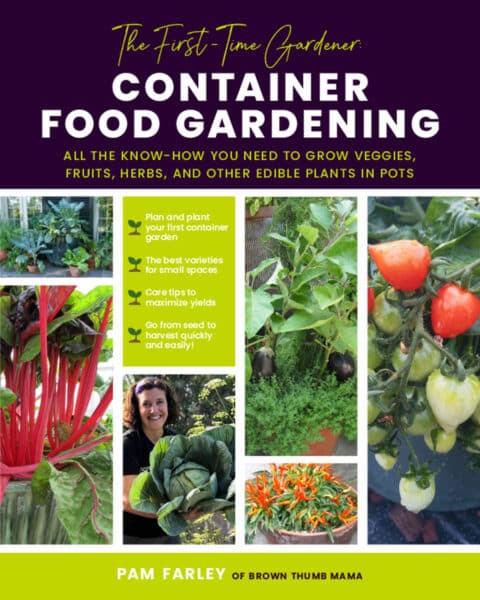
Ready to get out in the garden? Me too. Put on some homemade sunscreen and let’s goooo!
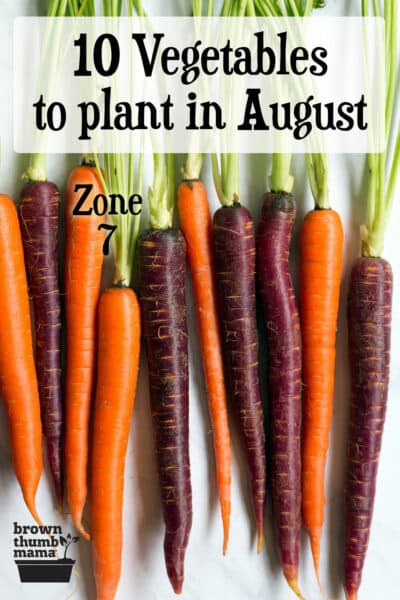
10 Vegetables to Plant in August {Zone 7}
Going out to the garden to pick a salad for dinner is the best! And, of course, the foundation for a delicious salad is great lettuce. Iceberg lettuce is pretty blah, so I like to grow different types of Romaine in my garden.
Varieties: Little Gem Romaine is a petite heirloom variety that has a crisp texture and nutty flavor. Rouge d’Hiver Romaine is a stunner, with beautiful bronze-red outer leaves and a green heart.
Planting: Lettuce is a cool-weather crop, so plant it in a shady area. Space your seeds or seedlings about 1 foot apart and ¼” deep. Keep the soil moist and watch for garden pests. Learn more about growing romaine lettuce.
Recipe: When you've picked all the vegetables for your salad, top it off with some homemade croutons.
Yes, everybody is turning cauliflower into stuff like pizza crust and rice, but it's still delicious roasted, with a sprinkling of parmesan and a splash of lemon juice.
Varieties: Snowball Y cauliflower is ready to harvest in just 75 days, so you'll be eating cauliflower before you know it.
Planting: Plant your cauliflower seedlings out in the garden this month. Use these tips to keep the aphids away from your precious crop!
Recipe: Cauliflower and Butternut Squash soup is perfect for a cold winter day.
I always get carried away when planting green beans. There are so many different varieties to try! Calling them “green” beans is not completely correct--there are yellow beans and even purple beans.
Beans grow on two different types of plants. Bush beans, as you can guess, grow on a bushy plant that doesn’t need a support. They produce earlier and have a shorter harvest period. Pole beans grow on a vine, and need a trellis or some other support. They produce later but produce beans over a longer period of time.
Varieties: Blue Lake bush beans are the most common type of green bean, and they have excellent flavor. You can also get Blue Lake pole beans if you prefer to grow them vertically.
My favorite yellow bean (sometimes called wax bean) is Gold Rush bush bean. The slender beans grow in clusters and are easy to see and pick.
Who doesn’t love a purple bean? I like Royal Burgundy bush beans because of their beautiful color and great flavor. Kids love them, and they turn green when cooked!
Planting: Beans are usually direct sowed in the garden. Pole beans will climb, so they need a pole or trellis. Bush beans are great in containers or in raised beds. Both varieties appreciate a scoop of your homemade compost mixed in with the soil when planting. Learn more about how to grow green beans.
Recipes: It's easy to have some huge harvests of beans from the garden. Here's my super easy technique for freezing green beans so you can enjoy the harvest all year long.
Fresh beets are so much better than those awful canned things we had as kids. And did you know that beets are full of fiber, potassium, folic acid, and vitamin C?
Varieties: I like this Gourmet Blend because it includes 3 different types of beets: Detroit Dark Red with deep red roots and delicious dark green tops, Chioggia with interior rings of bright pink and white, and Golden with bright yellow flesh.
If you prefer traditional red beets, Detroit Dark Red is the way to go. Introduced in 1892, it’s the standard for what beets should be. They’re a deep crimson red, and don’t get woody if they grow too large.
Planting: Start seeds in the garden this month, and harvest in about 60 days when roots are between 1-3 inches in diameter.
Recipes: You can't go wrong with a classic canned pickled beets recipe. They are so good!
We call broccoli "happy little trees" as a tribute to Bob Ross (and as an attempt to get the kids to eat it). There's nothing like the sense of accomplishment you get from growing broccoli--it's rare in home gardens.
Varieties: Broccoli Di Cicco is my favorite--it reliably produces large heads and then continues to produce smaller offshoots after the main harvest.
Have you ever seen this beautiful variety called Romanesco Broccoli? It’s so pretty, you won’t want to eat it. Romanesco is an heirloom variety with a delicious, nutty flavor and a stunning head made of many spiraling florets.
Planting: Plant your broccoli seedlings directly in the garden this month, about 18 inches apart.
Recipe: Roasted Broccoli with Garlic and Parmesan is an easy recipe the kids will love.
There are so many different kinds of carrots! Different colors, different shapes, and yes--slightly different flavors with each. You’ll probably want to try several different kinds.
Varieties: I like Carnival Blend carrots because of their unique colors, and round Tonda di Parigi carrots for their adorable shape. Scarlet Nantes is my variety of choice for for traditional carrots.
Planting: Carrot seeds are tiny! You can either sprinkle them on the top of the soil and thin the carrots once they sprout, or use a seed dispenser to make sure they’re spaced properly. Learn more about growing carrots.
Recipe: Enjoy your garden-fresh carrots in this easy Summertime Slaw recipe.
Lots of folks make fun of kale because it’s in everything. Kale chips, kale smoothies, kale salad...the list goes on and on.
There’s a reason for this, though. One cup of kale contains more than your recommended daily value of vitamins K, A, and C. It also has lots of trace minerals, like copper, manganese, phosphorus, and selenium.
Varieties: I like Red Russian Kale, which you grow as a baby green. Cut the leaves after about 25 days and you’ll have tender, tasty kale. Then the plant will regrow for another harvest. Cool, right?
Planting: Set out kale plants in August and you’ll be harvesting your first crop of baby greens in late September.
Recipe: I like to chop baby kale finely and sneak it into a salad, or add it to Homemade Fried Rice or Baked Italian Meatballs.
Leek plants resemble a long, fat green onion. The white lower portion has a mild onion flavor, and the green tops are stronger tasting.
Varieties: King Richard Leeks grow quickly and are ready to harvest earlier than other types.
Planting: Set out plants this month, about 6 inches apart. They'll be ready to harvest in about 60 days.
Recipe: You can use leeks instead of onions in most dishes, including Instant Pot Beef & Onion Soup. Be sure to wash leeks thoroughly, since dirt can sometimes get in between the leaves.
If you haven’t grown Brussels sprouts before, you are in for a treat. These “baby cabbages” grow on a single stalk like a tiny palm tree.
Varieties: Long Island Improved is my favorite variety. It's been a reliable producer since it was developed in the 1890s...yep, 130 years ago!
Planting: Set out seedlings in the garden this month. Don’t worry if you get a cold snap before you harvest—a light frost actually improves their flavor.
Recipe: Brussels sprouts are so tasty when sauteed with sweet potatoes and bacon.
Chard is great for new gardeners. It grows vigorously, provides a continuous harvest, and can even survive the winter in mild climates. Ideal, right? Except that if you’re the only person in your family who likes to eat Swiss chard, you will quickly be overrun with it. Ask me how I know.
Varieties: Warnings aside, I like Bright Lights Chard and Five Color Chard because they’re both beautiful and colorful. You could even plant these as ornamentals in your front yard!
Planting: Direct seed in the garden this month, and you’ll be harvesting in 60 days. Learn more about how to grow Swiss chard.
Recipe: I like to chop chard leaves into tiny bits and add it to Baked Italian Meatballs or Homemade Fried Rice.
Want to know what to plant each month?
Knowing which vegetables to plant in each growing season ensures your plants will thrive and give you a great harvest. Check out my Vegetable Garden Planting Schedules so you know exactly what to plant each month of the year.
